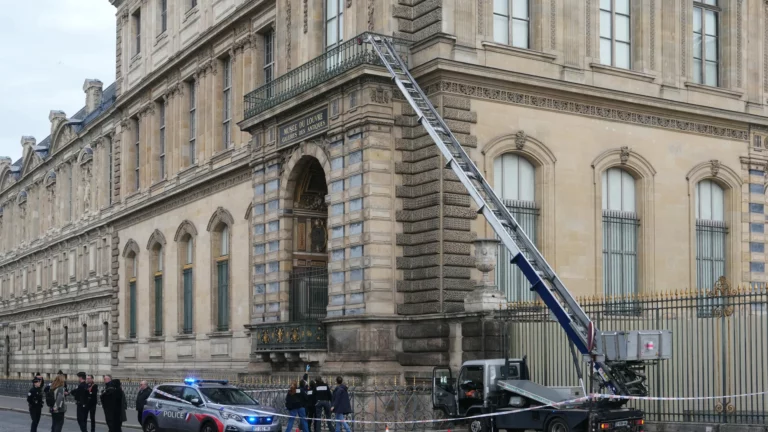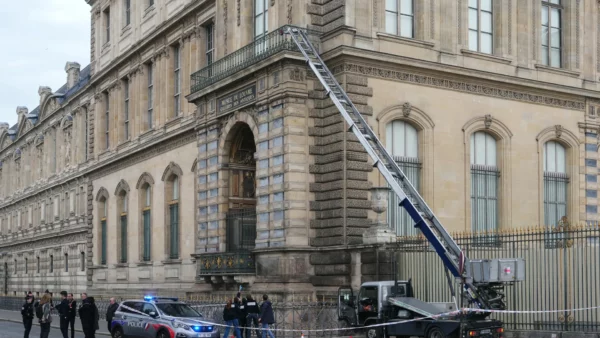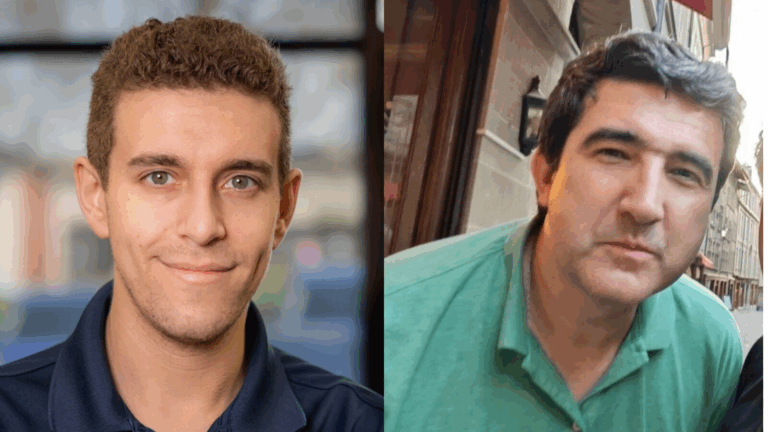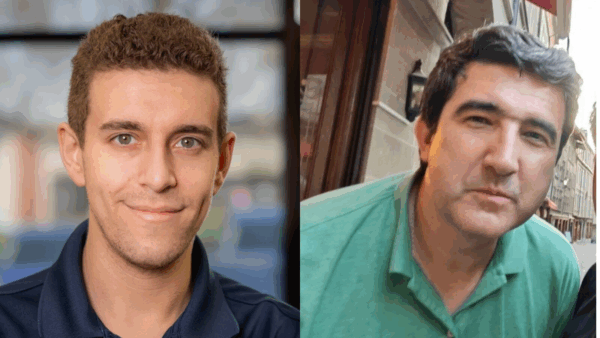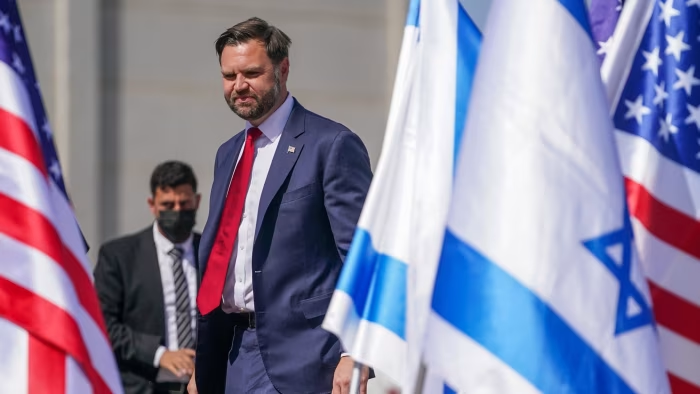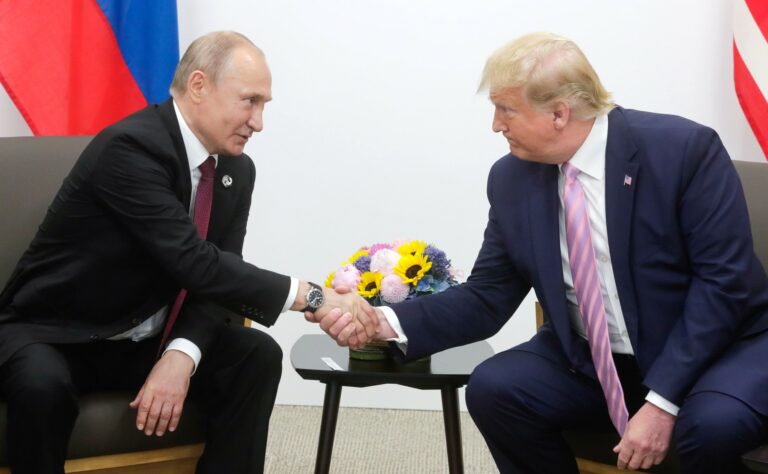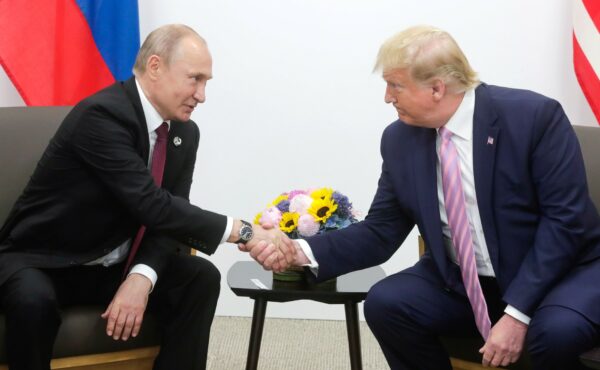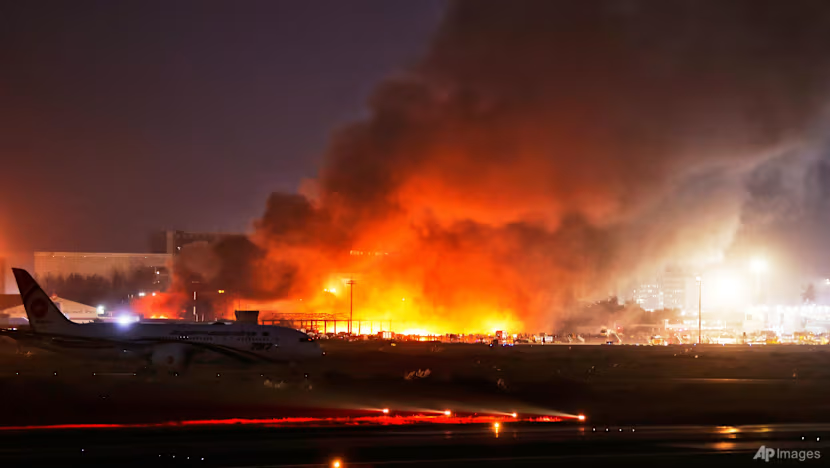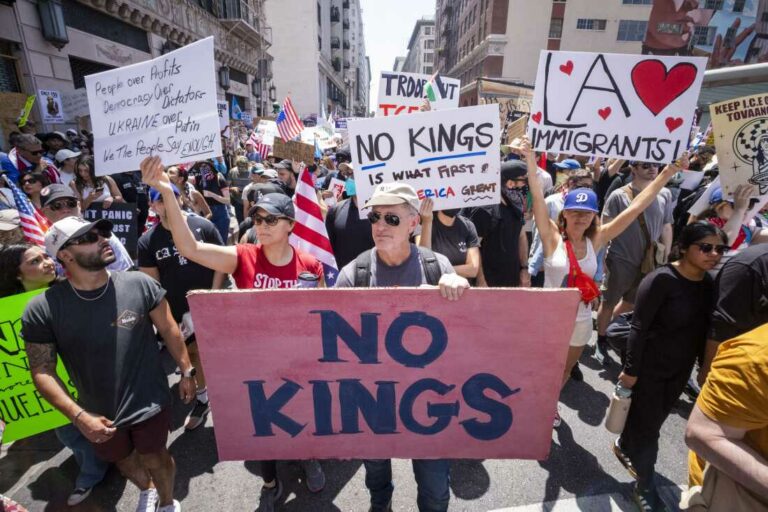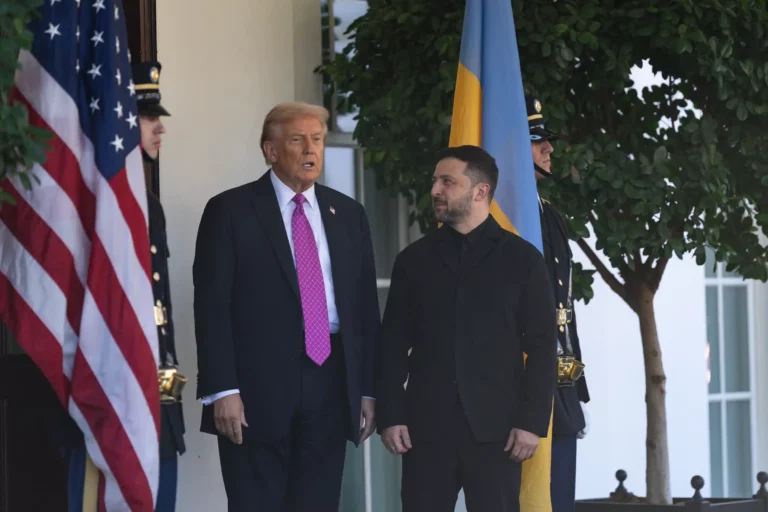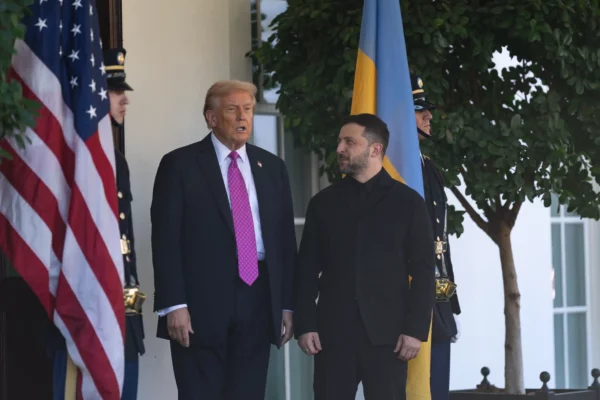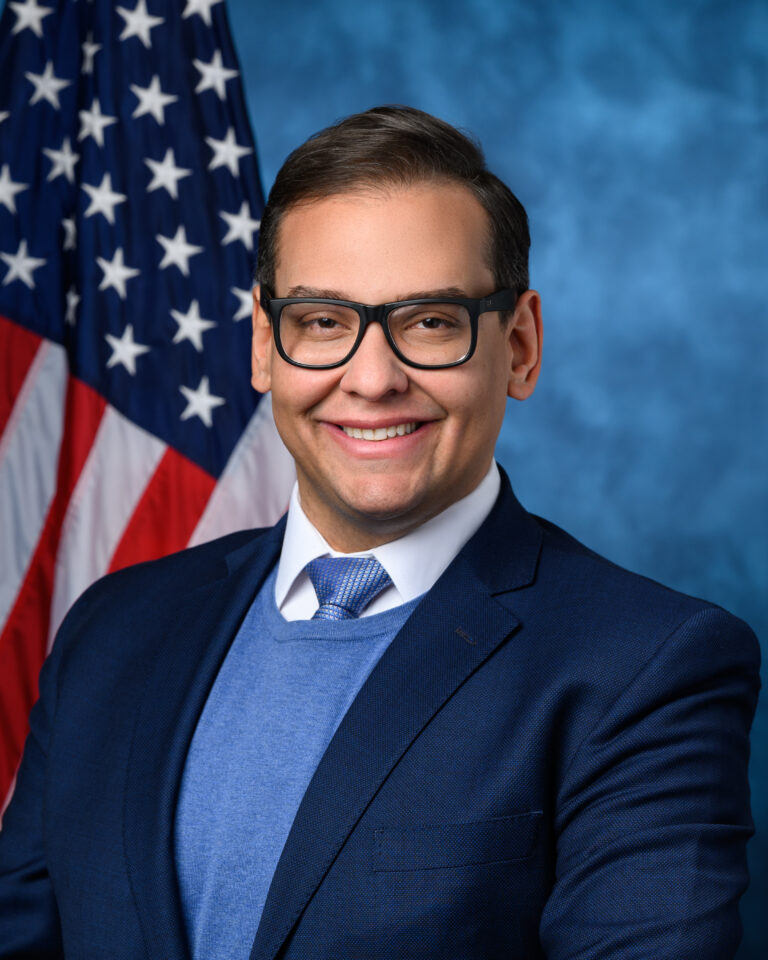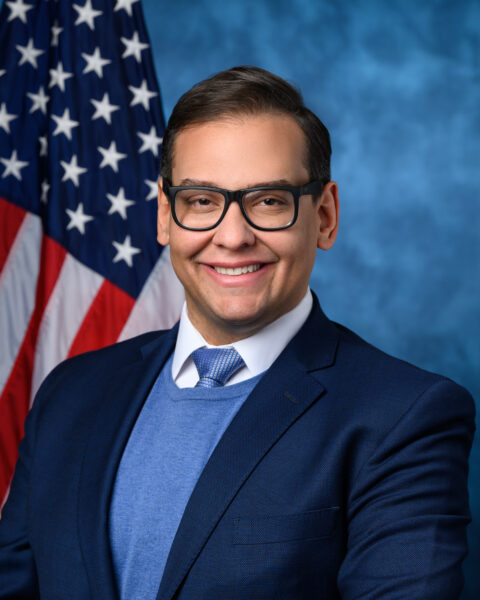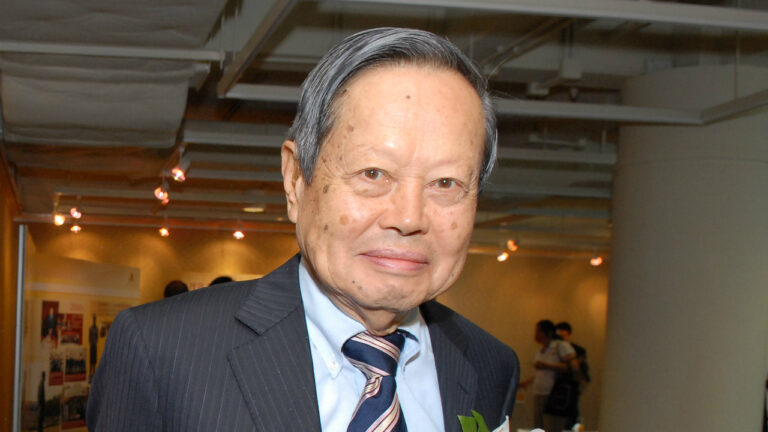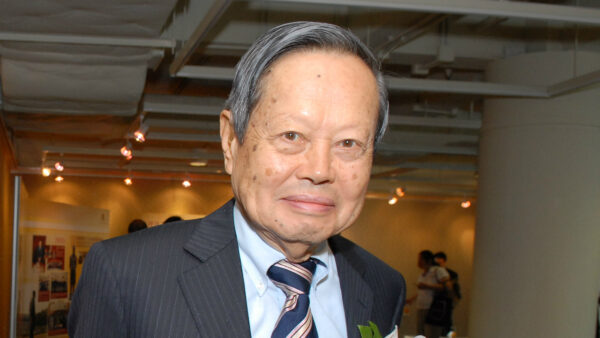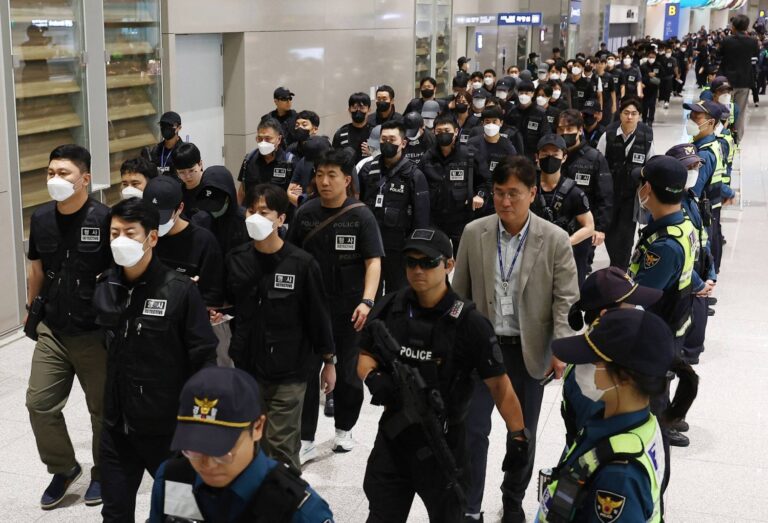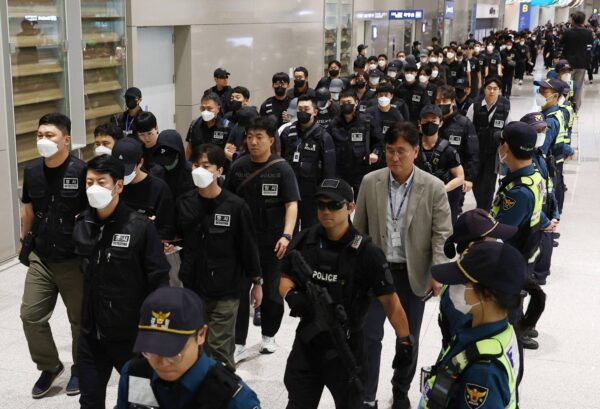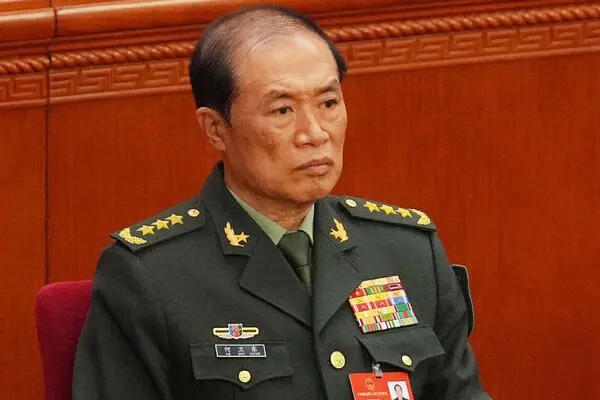The United States has delivered its most devastating economic blow yet to Moscow’s war machine, announcing sweeping sanctions against Russia’s two largest oil companies, Rosneft and Lukoil. The action, taken by the Treasury Department, targets the very foundation of the Kremlin’s revenue stream in a clear escalation of pressure over Russia’s war in Ukraine.
Treasury Secretary Scott Bessent, in a sharply worded statement, confirmed the new measures, explicitly linking the sanctions to Russian President Vladimir Putin’s “refusal to end this senseless war.”
“Now is the time to stop the killing and for an immediate ceasefire,” Secretary Bessent stated. “Given President Putin’s refusal to end this senseless war, Treasury is sanctioning Russia’s two largest oil companies that fund the Kremlin’s war machine.”
The Blacklist: Rosneft and Lukoil
The sanctions, designated under Executive Order 14024, immediately block all property and interests in property of the two energy giants—and dozens of their subsidiaries—that are within the United States or under the control of U.S. persons.
- Rosneft: A state-linked, vertically integrated company responsible for nearly half of all Russian oil production and 6% of global output, its blacklisting is designed to cripple Moscow’s primary source of hard currency.
- Lukoil: Russia’s largest privately held multinational oil company, also heavily involved in global exploration, production, and refining.
Critically, the new measures extend to all entities owned 50 percent or more by either Rosneft or Lukoil, automatically cutting off a vast network of global business dealings. Furthermore, the Treasury issued a clear warning of secondary sanctions, stating that foreign financial institutions conducting “significant transactions” with the designated Russian firms now risk being sanctioned themselves.
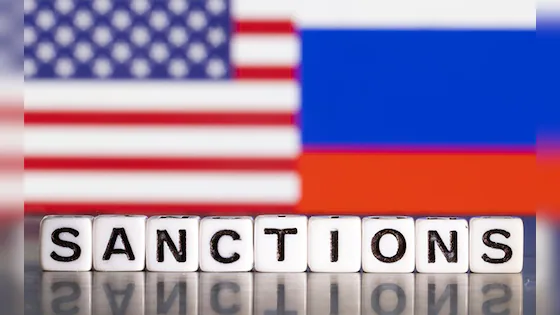
Escalation After Diplomatic Failure
The dramatic announcement comes just a day after a high-stakes planned meeting between President Donald Trump and President Putin was put on hold. Washington officials have expressed profound disappointment at Moscow’s “lack of serious commitment to a peace process.”
For months, the administration had resisted calls for a full-scale blacklisting of the oil sector, a move long seen as the “nuclear option” of financial warfare due to its potential to rattle global energy markets. With Rosneft and Lukoil exporting over 3 million barrels of oil per day combined, the sanctions are widely expected to inject new volatility into crude prices. Following the announcement, oil futures immediately extended their gains.
The move follows a similar, though less extensive, package of sanctions announced by the United Kingdom last week. Secretary Bessent encouraged U.S. allies to “join us in and adhere to these sanctions,” seeking a unified front to choke off the Kremlin’s financing.
By directly targeting the nation’s two most vital oil companies, the U.S. is signaling that its patience for a negotiated settlement has run out, opting instead for maximum economic strangulation to degrade Russia’s ability to sustain its costly military campaign in Ukraine. The question now remains whether this massive escalation will finally force a change in calculus at the highest levels of the Kremlin.


